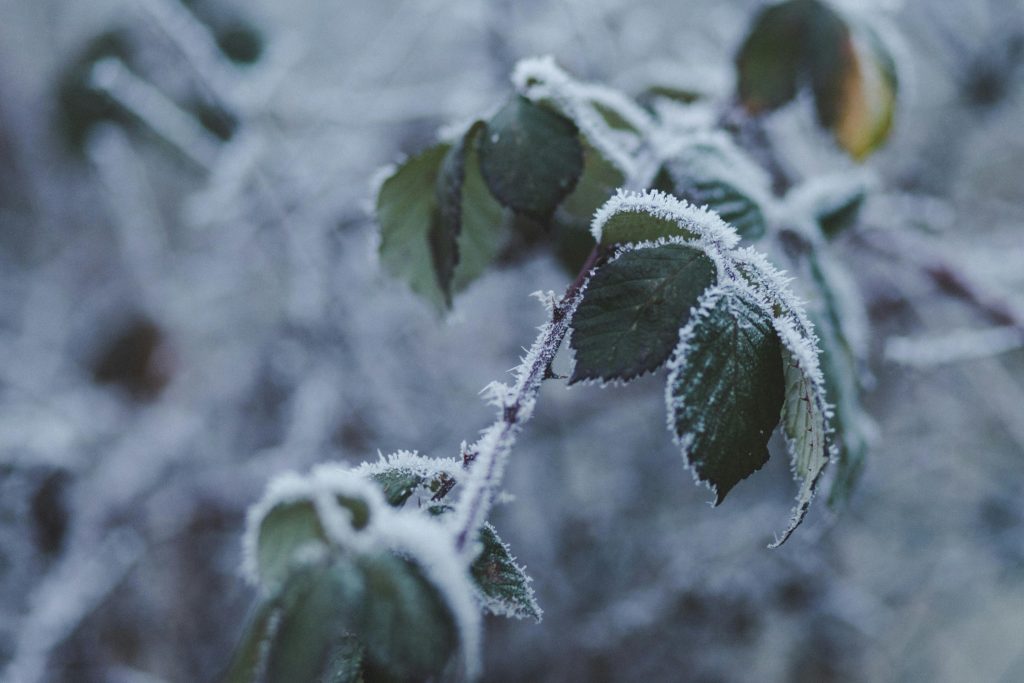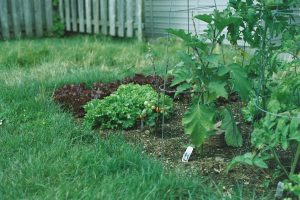
Magnesium Sulfate in Fall Gardens: Strengthening Greens and Brassicas
Fall gardens are some of the most rewarding to grow. Cooler temperatures extend the season for leafy greens, while crops like broccoli, cabbage, kale, and

As temperatures cool and leaves begin to change, there’s more to fall gardening than just cleanup and composting. It’s also a strategic time to replenish your soil before plants go dormant—and one of the best ways to do that is with a balanced fertilizer like 16-16-16 All-Purpose Granular Fertilizer from Supply Solutions LLC.
Unlike single-nutrient fertilizers, a balanced blend provides equal parts of nitrogen (N), phosphorus (P), and potassium (K)—the core nutrients that all plants need to stay healthy and productive. Fall is the last chance of the year to correct imbalances, fortify roots, and store energy for spring.
In this guide, we’ll explore why a 16-16-16 fertilizer is ideal for fall use, what it does for lawns, gardens, and ornamentals, and how to use it to prepare your landscape for winter.
Each number in 16-16-16 stands for the percentage of N-P-K in the fertilizer:
That’s a powerful punch in a single bag—and precisely what your soil needs after a long, nutrient-draining summer. It’s especially effective in preparing landscapes for harsh winters and giving plants a nutritional edge heading into dormancy.
Plants in fall are in a unique state: growth slows, but energy demand increases. They’re:
Applying a balanced fertilizer in fall allows plants to:
If your garden has signs of general fatigue—like yellowing leaves, weak stems, or poor flowering—a balanced fertilizer is the fix.
This fertilizer is a go-to choice for:
Cool-season grasses respond exceptionally well to balanced fertilization in fall. Nitrogen helps turf recover, phosphorus drives root expansion, and potassium adds winter durability.
After summer harvests, soil is often depleted. 16-16-16 restores nutrient levels for fall crops like:
Flowers, shrubs, and trees need a nutrient boost to form buds, reinforce woody stems, and root deeply before the cold sets in. This is especially helpful for:
Balanced fertilization enhances bud formation, root growth, and trunk strength. This leads to:
It’s not just about what’s in the bag—it’s how well the product integrates into your soil structure and garden strategy.
Pro Tip: Split your application into two feedings—early and late fall—for more even absorption and extended support.
Yes. It works well alongside other specialty fertilizers when soil tests show targeted deficiencies. Consider combining with:
Avoid overlapping applications unless your soil requires the extra nutrients—over-fertilizing can stress roots or lead to nutrient runoff.
Before applying any fertilizer, a soil test is essential to determine:
This ensures your fall feeding is purposeful, effective, and tailored to what your plants need—not just what the label says.
The payoff from fall fertilization with 16-16-16 isn’t always immediate—but come spring, you’ll notice:
Fall is a time of investment. What you apply now determines how healthy and productive your plants will be next season.
In regions with hard winters, balanced fertilizers like 16-16-16 are often seen as the “winter insurance policy” for landscapes. They:
If you’ve ever seen plants bounce back in spring with vigor, it’s likely because of the care they received in fall.
Reach us through our contact form, message us on Facebook, call 503-451-1622, or email sales@mysolutionssupply.com. Supply Solutions LLC is here to help you close the season strong and start next spring even stronger.

Fall gardens are some of the most rewarding to grow. Cooler temperatures extend the season for leafy greens, while crops like broccoli, cabbage, kale, and

Orchards are long-term investments. Whether you manage apples, pears, peaches, plums, or cherries, the productivity and profitability of fruit trees depend on how well they
Give us a call or visit our store, and we’ll help you find the right solution for your business.
© Supply Solutions LLC 2025